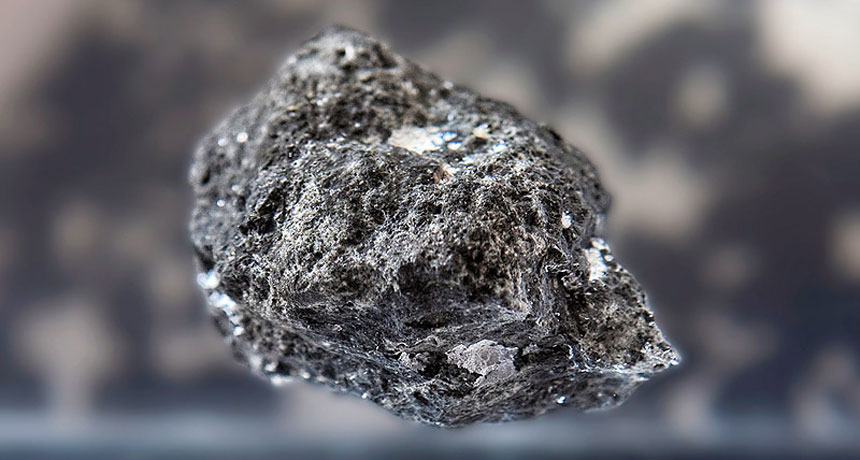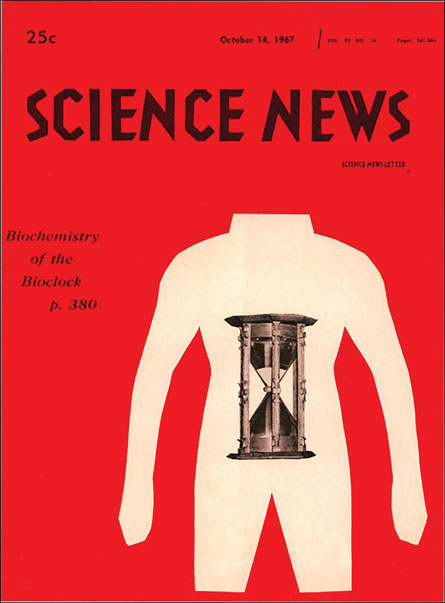50 years ago, a spacecraft discovered oxygen in moon rocks
Excerpt from the October 14, 1967 issue of Science News

OXYGEN HUNT Scientists now know moon rocks (one shown) can contain oxygen, but researchers are still figuring out the best techniques to extract the life-sustaining oxygen from the moon’s surface.
Sean Smith/NASA
 The earthy moon
The earthy moon






